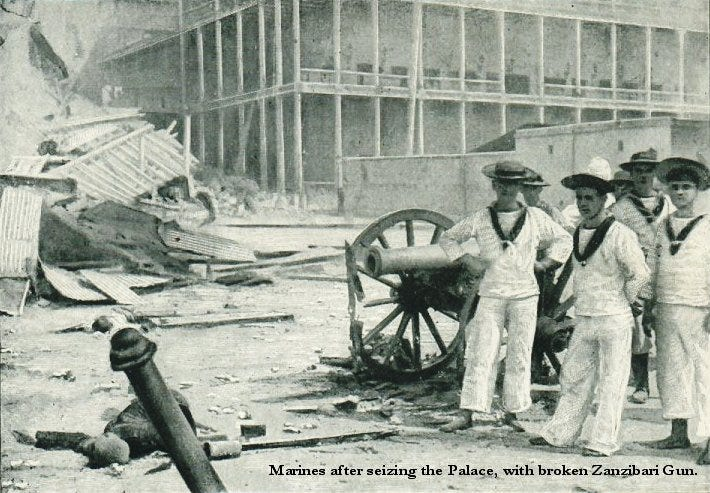On January 15, 1919, a bizarre disaster struck Boston’s North End when a massive storage tank containing over 2.3 million gallons of molasses burst, unleashing a sticky tidal wave through the streets. The tank, owned by the United States Industrial Alcohol Company, was poorly constructed and inadequately maintained, despite holding the syrupy liquid used to produce alcohol. At around 12:40 PM, residents heard a loud rumble before the tank ruptured, sending a 25-foot-high wall of molasses racing at 35 miles per hour. The flood demolished buildings, uprooted train tracks, and trapped horses and people in its viscous grip, leaving a scene of chaos described by witnesses as both surreal and terrifying.
The human toll was staggering: 21 people perished, and over 150 were injured, either crushed by debris or drowned in the thick, suffocating molasses. Rescue efforts were hampered as responders struggled to wade through the gooey mess, which hardened in the cold January air, encasing victims like cement. The disaster exposed the negligence of the company, which had ignored warning signs like leaks and groans from the overfilled tank. In the aftermath, lawsuits piled up, and the company eventually paid out significant damages—equivalent to millions today—marking one of the first major corporate accountability cases in U.S. history.
The Great Molasses Flood remains a little-known oddity, overshadowed by larger historical events of the era, yet it left a lasting mark on Boston. The cleanup took weeks, with the harbor stained brown for months, and the sticky residue lingered in cracks and crevices for years. Today, some claim you can still smell a faint sweetness near the site on warm days—a haunting reminder of the day a city drowned in molasses. This tragedy spurred stricter industrial safety regulations, proving even the strangest events can shape the modern world in unexpected ways.





